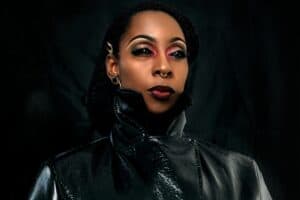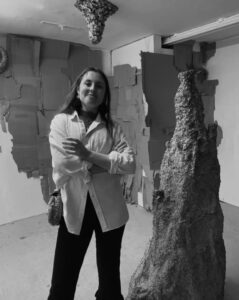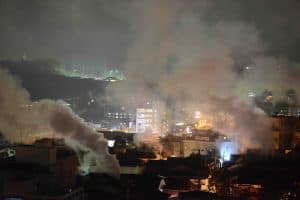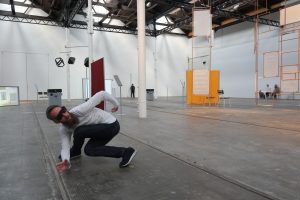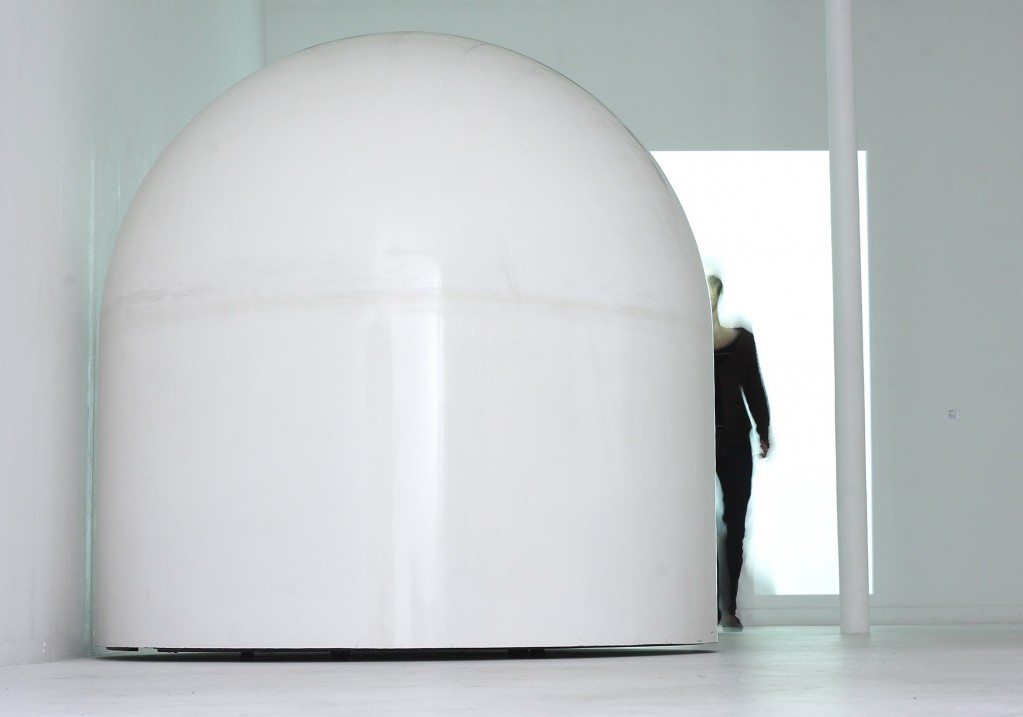
Image: Robert Breer Float 1970/2004 Courtesy gb agency, Paris © the artist Review Jareh Das
Robert Breer at Baltic Review Jareh Das – 11 June 2011 – 25 September 2011 Baltic Centre for Contemporary Art
Spanning across two main galleries of Newcastle’s BALTIC gallery is a presentation of Robert Breer’s extensive oeuvre. This encompasses painting, movable sculptures, stop-motion animation films and drawings produced over the last sixty years. Although renowned for his animation, Breer is also a prolific painter, one that is heavily emphasised in this exhibition.
Level 3 Gallery presents a selection of abstract paintings that the artist produced in Paris in the 1950s. Paintings such as Untitled, 1949-1950, explore form, line and colour, as they are characteristically geometric employing collage techniques in their composition. Paris at this time was the centre of the art world. Poets, writers and artists infamously influence by fluneurism and the creative freedom the city offered. They looked to the liveliness of Parisian street life as inspiration for their work.

Image:Robert Breer Homage to John Cage 1963 Folioscope, plastic, metal, acrylic painting. Courtesy gb agency, Paris © the artist
Breer’s time in Paris saw him produce paintings, although influenced by abstract expressionism and akin to Dutch painter Piet Modnrian, his were markedly different as the collage seemed to allude to movement and conflicting patterns as opposed to one that is complimentary in composition. This extensive body of work also presents his stop-motion films through the years, for which he is mostly renowned. By placing the abstract painting in the same context of the animated videos, it is apparent how Breer moved from static paintings to more vivid film works such as Form Phrases I and Form Phrases II created in 1954 for example. What is prominent in both films and paintings is the presence of thick black lines which disrupt rather than promote unity within composition.
Breer’s approach to animation was very much through experimentation. He often worked with a montage of slides, flip books and drawings, creating an explosion of form, line and colour. Later films like Form Phrases IV, 1954, sees the artist incorporating found imagery into this mix of animated video.Later films such as Fuji, 1974, saw Breer use a rotoscope device which enabled him trace live movement with each frame. He imposed a film of his wife on a train with images of Mount Fuji in Japan, slowly merging into abstraction.
Level 4 gallery captures a period when Breer returned to America in 1959 and wanted to transfer his film practice to the real world. He became interested in making three dimensional objects, aptly named Float Sculptures. Named after everyday objects, some are dome like and cylindrical, Float, 1970-2004, a cheese-like Slice, 2000, Borne, 1967, which resembles a giant match stick and Rug, 1968 which is a golden sheet. All of this sculptures have motors and some have wheels. In the gallery space, one wonders if these will abruptly move across the room or if they move at all. The sculptures work on a mechanism and at a speed that is not observable by one’s eyes. On closer examination, in relation to other works and the architecture of the gallery space, their subtle movement is revealed. For the duration of the exhibtioion, these forms will continual, shift, change and evolve. This ongoing interest of changing form has always prevailed throughout Robert Breer’s career.
Breer’s most recent works, ‘Panoramas’, comprise of multiple sequences and pictorial depths. Abstract multi-layered wood cuts that rely on the motion of the viewer to activate it as they walk past. His long-standing concerns with challenging form and viewer interaction transcends the various mediums he has worked with over the years. From paint, film to sculpture, Breer is revolutionary in conception to completion, which is evident in this intriguing presentation at BALTIC.
www.balticmill.com/

Image:Robert Breer Tanks 1967 Self propelled Courtesy gb agency, Paris © the artist
